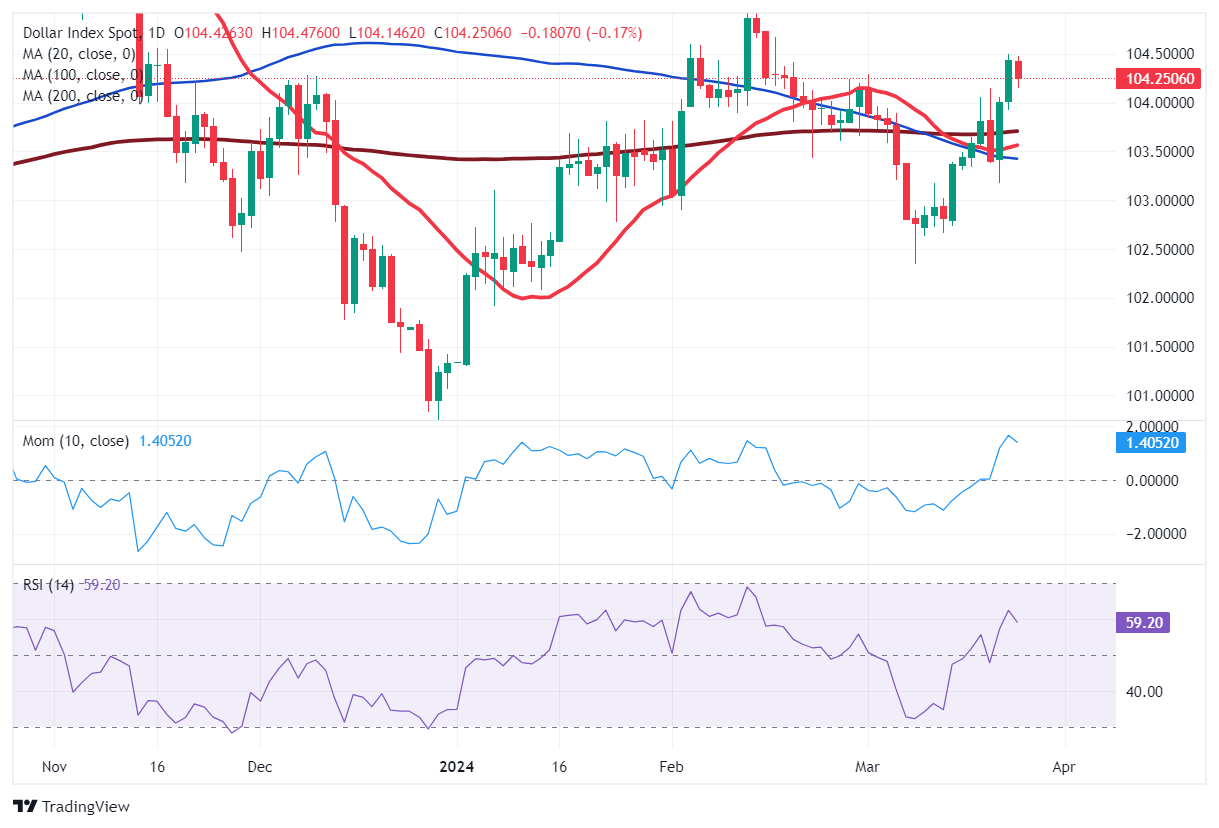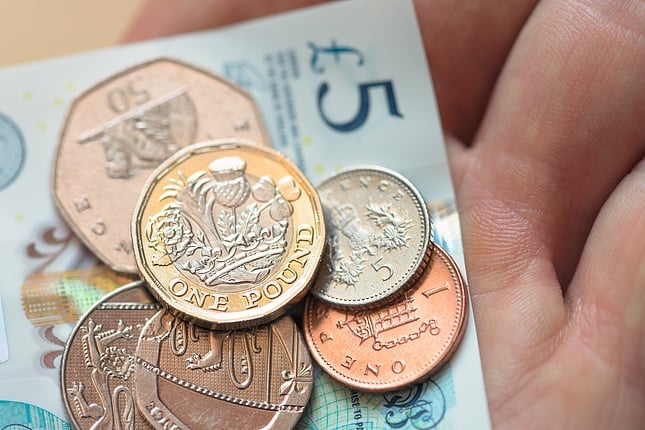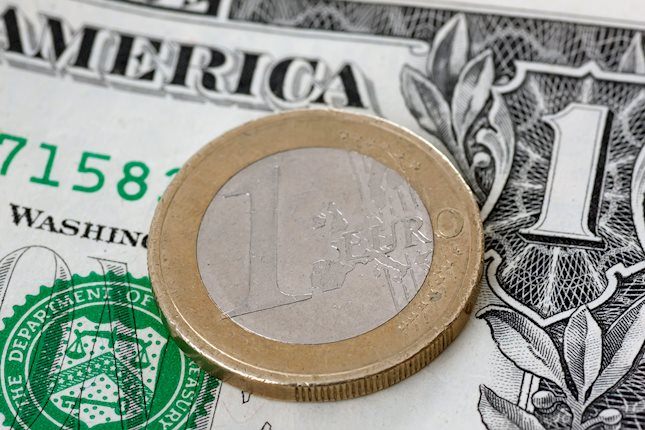- CB Consumer Confidence is expected to recover modestly in March after the first slide in four months.
- Financial markets seem to have fully digested the Federal Reserve’s caution
- US Dollar retreats from one-month high, preserves its bullish bias.
The United States (US) will publish March CB Consumer Confidence on Tuesday, expected to have improved to 106.9 from 106.7 in February. The report aims to provide detailed information on consumers’ attitudes and expectations, reflecting current business conditions and likely developments for the months ahead.
The February reading was a negative surprise as the index contracted from 110.9 in January while ending a three-month winning streak. According to the official release, the step back in consumer confidence was broad-based and reflected persistent uncertainty about the US economy. Breaking down the headline February figure, the Present Situation Index fell back to 147.2 while the Expectations Index slipped to 79.8, below the 80 level that is usually a sign of an upcoming recession.
On a positive note, however, “Average 12-month inflation expectations ticked down further to 5.2% in February. After peaking at 7.9% in mid-2022, expected inflation has now fallen to its lowest level since March 2020, when it stood at 4.5%.”
The report will likely have a diminished impact after the US Federal Reserve (Fed) unveiled its monetary policy decision last week alongside fresh growth, inflation and employment updates. The central bank kept rates unchanged as widely anticipated and acknowledged inflation will likely take longer to achieve policymakers’ 2% goal. Furthermore, officials upwardly revised their growth forecasts, hinting at a strong economy. That means the risk of a recession seems well-controlled at the time, regardless of the downtick in the CB Consumer Confidence sub-component. Finally, the US Fed signaled a rate cut is likely in the June meeting as policymakers still foresee rates down 75 bps through 2024.
USD possible scenarios
Meanwhile the US Dollar retains most of its recent gains. The American currency has gathered strength on the back of solid local data supporting the idea the economy will dodge a recession. Financial markets seem to have fully digested rates won’t come down as fast as previously expected. Encouraging US macroeconomic reports now tends to boost the USD rather than risk appetite.
With that in mind, a better-than-anticipated CB Consumer Confidence reading will likely help the USD revert modest Monday losses. A reading above January’s 110.9 will likely be the best catalyst for US Dollar demand. On the other hand, another contraction in the headline reading could put additional pressure on the American currency, although a USD sell-off remains out of the picture.
Ahead of the announcement, the Dollar Index (DXY) hovers near 104.20 after reaching a one-month high of 104.49 last Friday. According to technical readings in the daily chart, the decline remains corrective, with technical indicators retreating from their recent highs but still developing within positive levels. At the same time, DXY remains comfortable above its moving averages, with the 200 Simple Moving Average (SMA) providing strong support in the 103.70 region.

US Dollar FAQs
The US Dollar (USD) is the official currency of the United States of America, and the ‘de facto’ currency of a significant number of other countries where it is found in circulation alongside local notes. It is the most heavily traded currency in the world, accounting for over 88% of all global foreign exchange turnover, or an average of $6.6 trillion in transactions per day, according to data from 2022. Following the second world war, the USD took over from the British Pound as the world’s reserve currency. For most of its history, the US Dollar was backed by Gold, until the Bretton Woods Agreement in 1971 when the Gold Standard went away.
The most important single factor impacting on the value of the US Dollar is monetary policy, which is shaped by the Federal Reserve (Fed). The Fed has two mandates: to achieve price stability (control inflation) and foster full employment. Its primary tool to achieve these two goals is by adjusting interest rates. When prices are rising too quickly and inflation is above the Fed’s 2% target, the Fed will raise rates, which helps the USD value. When inflation falls below 2% or the Unemployment Rate is too high, the Fed may lower interest rates, which weighs on the Greenback.
In extreme situations, the Federal Reserve can also print more Dollars and enact quantitative easing (QE). QE is the process by which the Fed substantially increases the flow of credit in a stuck financial system. It is a non-standard policy measure used when credit has dried up because banks will not lend to each other (out of the fear of counterparty default). It is a last resort when simply lowering interest rates is unlikely to achieve the necessary result. It was the Fed’s weapon of choice to combat the credit crunch that occurred during the Great Financial Crisis in 2008. It involves the Fed printing more Dollars and using them to buy US government bonds predominantly from financial institutions. QE usually leads to a weaker US Dollar.
Quantitative tightening (QT) is the reverse process whereby the Federal Reserve stops buying bonds from financial institutions and does not reinvest the principal from the bonds it holds maturing in new purchases. It is usually positive for the US Dollar.
Information on these pages contains forward-looking statements that involve risks and uncertainties. Markets and instruments profiled on this page are for informational purposes only and should not in any way come across as a recommendation to buy or sell in these assets. You should do your own thorough research before making any investment decisions. FXStreet does not in any way guarantee that this information is free from mistakes, errors, or material misstatements. It also does not guarantee that this information is of a timely nature. Investing in Open Markets involves a great deal of risk, including the loss of all or a portion of your investment, as well as emotional distress. All risks, losses and costs associated with investing, including total loss of principal, are your responsibility. The views and opinions expressed in this article are those of the authors and do not necessarily reflect the official policy or position of FXStreet nor its advertisers. The author will not be held responsible for information that is found at the end of links posted on this page.
If not otherwise explicitly mentioned in the body of the article, at the time of writing, the author has no position in any stock mentioned in this article and no business relationship with any company mentioned. The author has not received compensation for writing this article, other than from FXStreet.
FXStreet and the author do not provide personalized recommendations. The author makes no representations as to the accuracy, completeness, or suitability of this information. FXStreet and the author will not be liable for any errors, omissions or any losses, injuries or damages arising from this information and its display or use. Errors and omissions excepted.
The author and FXStreet are not registered investment advisors and nothing in this article is intended to be investment advice.
Recommended Content
Editors’ Picks

GBP/USD clings to recovery gains above 1.2650 after UK data
GBP/USD clings to recovery gains above 1.2650 in European trading on Friday. The mixed UK GDP and industrial data fail to deter Pound Sterling buyers as the US Dollar takes a breather ahead of Retail Sales and Fedspeak.

EUR/USD rises to near 1.0550 after rebounding from yearly lows
EUR/USD rebounds to near 1.0550 in the European session on Friday, snapping its five-day losing streak. The renewed upside is mainly lined to a oause in the US Dollar rally, as traders look to the topt-tier US Retail Sales data for a fresh boost. ECB- and Fedspeak also eyed.

Gold defends key $2,545 support; what’s next?
Gold price is looking to build on the previous rebound early Friday in search of a fresh impetus amid persistent US Dollar buying and mixed activity data from China.

Bitcoin to 100k or pullback to 78k?
Bitcoin and Ethereum showed a modest recovery on Friday following Thursday's downturn, yet momentum indicators suggest continuing the decline as signs of bull exhaustion emerge. Ripple is approaching a key resistance level, with a potential rejection likely leading to a decline ahead.

Trump vs CPI
US CPI for October was exactly in line with expectations. The headline rate of CPI rose to 2.6% YoY from 2.4% YoY in September. The core rate remained steady at 3.3%. The detail of the report shows that the shelter index rose by 0.4% on the month, which accounted for 50% of the increase in all items on a monthly basis.

Best Forex Brokers with Low Spreads
VERIFIED Low spreads are crucial for reducing trading costs. Explore top Forex brokers offering competitive spreads and high leverage. Compare options for EUR/USD, GBP/USD, USD/JPY, and Gold.